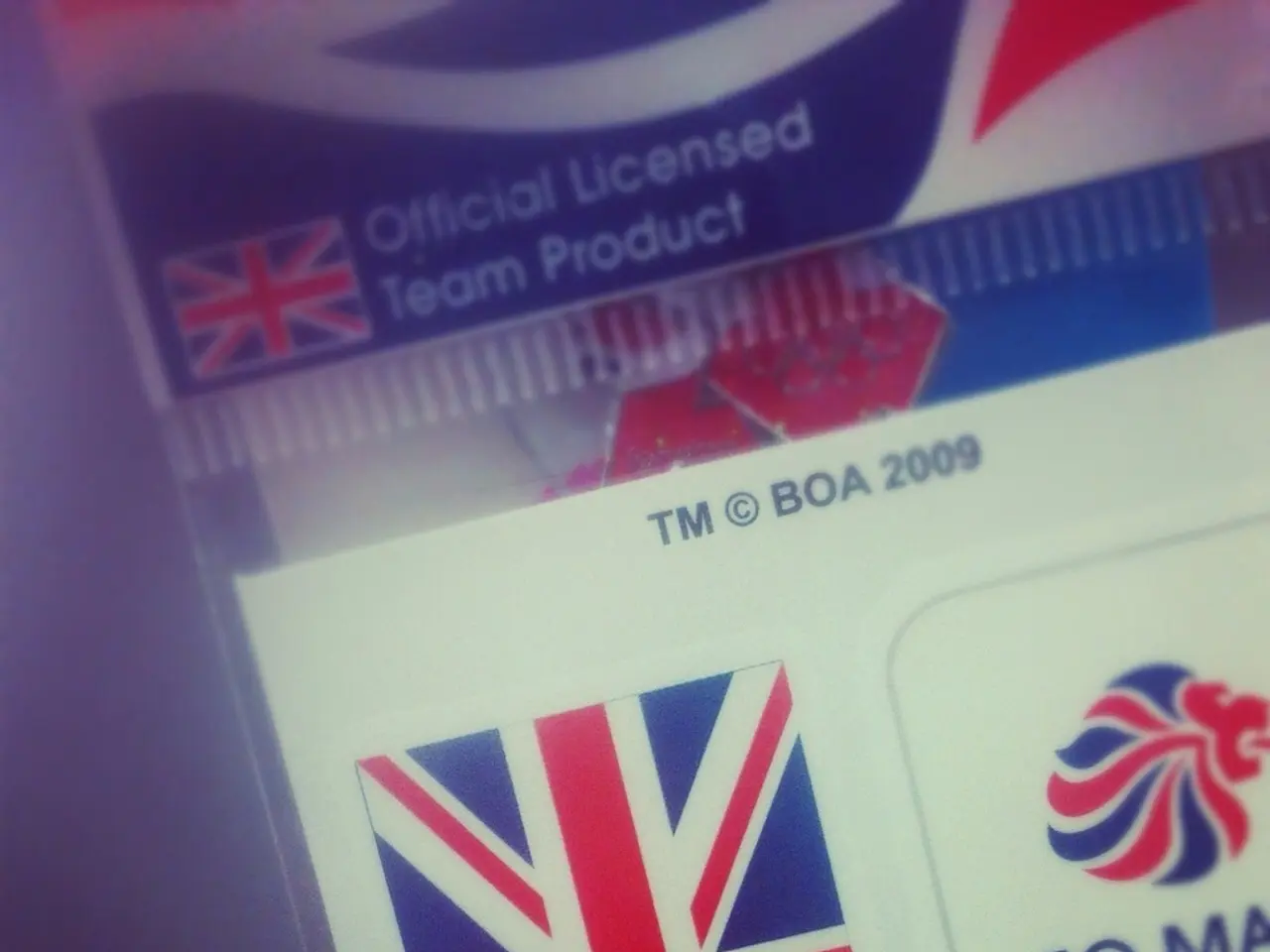Lunar testing for Jupiter-bound spacecraft conducted on the same lunar site as the renowned Apollo Earthrise photograph
The Jupiter Icy Moons Explorer (Juice) is a spacecraft on a mission to study Jupiter's icy moons—Ganymede, Europa, and Callisto. One of its key instruments, the Radar for Icy Moon Exploration (RIME), recently underwent a successful test on the Moon.
RIME operates by sending radio waves that penetrate ice layers up to several kilometers deep, analyzing the returned echoes to map the ice thickness and underlying rocky or liquid layers. This provides scientists with detailed information about the moons’ internal structure and the interfaces between ice and liquid water, which are critical environments for astrobiological potential.
During the test, RIME listened to radio wave echoes bounced off the Moon to determine the height of the lunar surface. The patch of the Moon studied by RIME was the same as the one in astronaut William Anders' 'Earthrise' photo, captured during the Apollo 8 mission on 24 December 1968. The team is satisfied with the test's success and looks forward to RIME's future observations.
The test was crucial as it validated RIME's ability to measure elevation profiles and calibrated it by comparing the radar data with previously known lunar topography from NASA's Lunar Orbiter Laser Altimeter (LOLA). It also helped identify and correct electronic interference affecting RIME's measurements, ensuring precise operation when observing the Jovian moons.
The Moon, unlike Jupiter's icy moons, does not have subsurface ice. However, this test was vital to prepare RIME for its primary mission. The test was a gravity assist maneuver, using Venus's gravity to give Juice a boost on its journey.
The RIME test flyby of the Moon took place in August 2024, and Juice is expected to arrive at Jupiter's moons in July 2031 and begin its exploration. The presence of liquid water on these moons, like Europa and Ganymede at Jupiter, makes them potentially habitable. RIME's data from the Moon study matches up with LOLA's elevation map, indicating its potential to provide accurate information about what's going on beneath Jupiter's icy moons.
RIME's unique capability to probe beneath thick ice sheets on icy moons directly supports the search for extraterrestrial life by revealing subsurface liquid environments that could harbor life. This makes it a key instrument on JUICE’s mission to explore potentially habitable worlds beyond Earth.
In addition, Juice is due to fly by Venus in August 2025, providing valuable data about our neighbouring planet. The search for signs of life beyond Earth continues, and RIME plays a significant role in this exciting endeavour.
The successful RIME test on the Moon is significant for its future observations of Jupiter's icy moons, as it validated RIME's ability to measure elevation profiles and calibrated it for the mission ahead. This technology, a part of the environmental-science and space-and-astronomy fields, is crucial in the search for extraterrestrial life within the solar system, particularly on potentially habitable moons like Europa and Ganymede. Furthermore, the data obtained from RIME's study of the Moon matches up with NASA's Lunar Orbiter Laser Altimeter's (LOLA) elevation map, demonstrating its potential to provide accurate information about what lies beneath Jupiter's icy moons, contributing to the science field in general.




